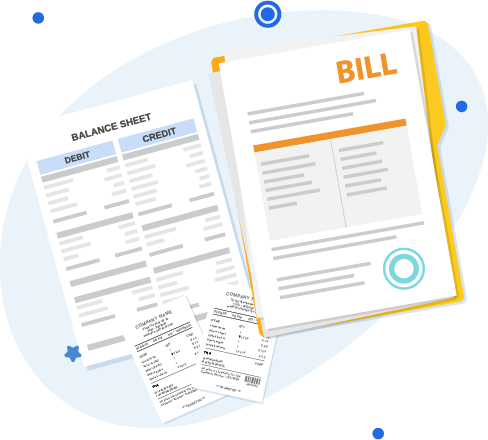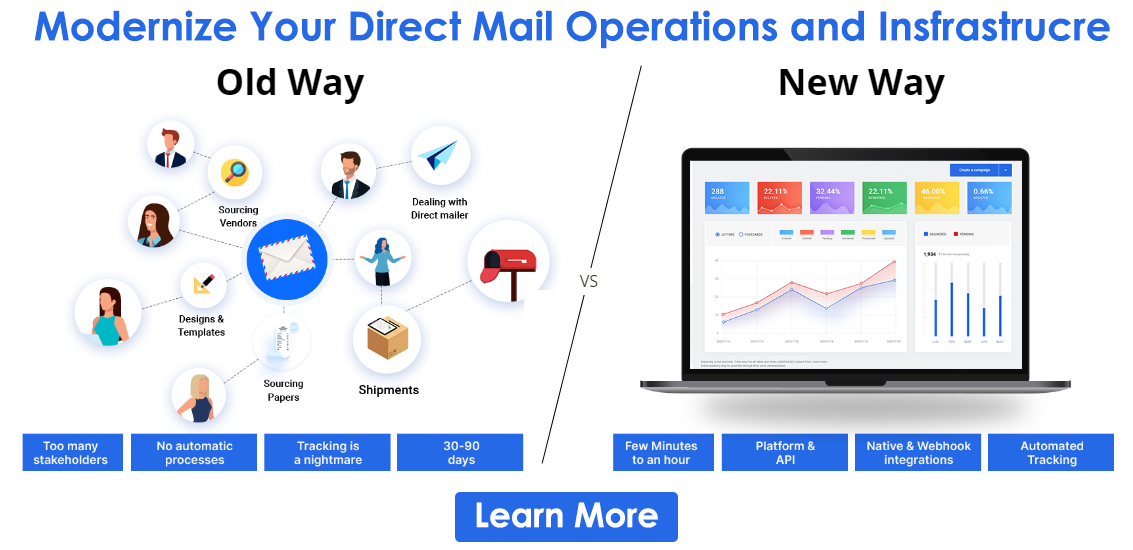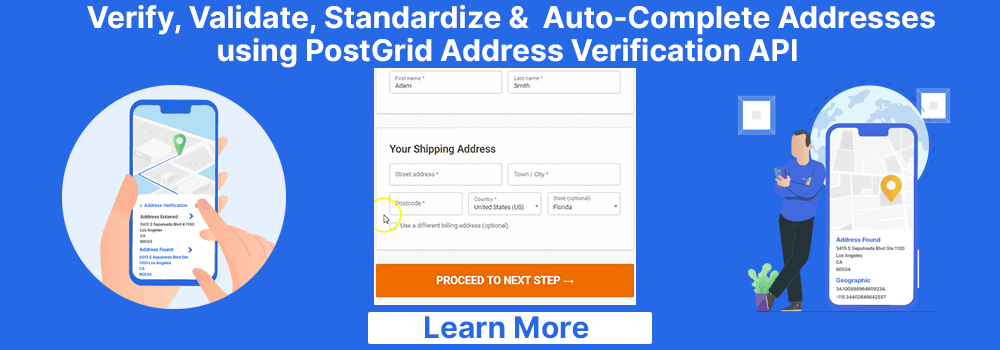
Elements of Effective Financial Communication
Financial institutions also need to pay attention to customer relationships and correspondence. With increasing competition in the financial sector, it is high time that financial communication is taken to another level where customers are given the topmost priority.
What communication channels do customers want to be contacted through?
Which channel can get the maximum responses?
These questions are crucial, and their answers unlock the success of several financial institutions. After all, strong customer relationships are always fruitful.

Banks, credit unions, and other financial institutions are mandated to communicate some things to their customers on time. However, it doesn’t mean that they should restrict themselves to just that.
There are several more occasions to send emails or mail pieces. They just need to draft a well-thought-out plan and get on with it. An omnichannel approach that combines old-school and modern communication channels can help do it right.
- Communication impacts trustworthiness, which is very important for financial institutions. Customers need to trust you to avail of your services, and an effective communication strategy can help you with that.
- The next most important aspect is the brand image. Even if a person does not avail of your services immediately, a good brand image can help you get customers eventually. It, directly and indirectly affects your long-term business operations and gives you an edge over your competitors.
- Banks and financial institutions can improve their understanding of customers’ preferences only by reaching out to them. Once they learn the recent customer choices, market trends, and other such things, they can provide better services and retain their customers.
- Your customers can get better services, timely updates, and chances to make informed decisions with the right financial communication strategy. These benefits are as much beneficial to financial institutions as to their customers.
 Also Read: The Best Financial Advisor Marketing Plan
Also Read: The Best Financial Advisor Marketing PlanElements of Financial Communication That You Can Deploy
Some of the most commonly used elements of financial communication are listed below. All these elements are supposed to be focused on separately as well as all together.
Emails
Emails are sent to inform customers of a particular transaction or something that you are mandated to inform them about.
Furthermore, banks and all other financial institutions can personalize emails to communicate with customers regarding certain personalized offers, policy updates, and more. Automated drip email campaigns make it easy to reach out to customers and prospects via this channel.
Support Team
Be it any organization from any sector. Customers should have basic access to contact someone from the company and clarify doubts. Financial institutions need to set up a support team as one of the crucial elements of financial communication.
A telephone number, email address, online chatbot, and a FAQ page on your website can help.
Offline Meetings
Though online banking and communication are becoming popular, it’s not hard to understand that people still want a sense of personal touch.
Hence, banks should give people the opportunity to visit their branches and be a part of personal and offline meetings where they can solve their queries face-to-face with the concerned person or people.
Social Media and Digital Marketing
With all the other financial communication examples in action, don’t forget to keep up with the recent trends.
Social media and digital marketing can help you present yourselves as an institution that knows what its customers want and is visible everywhere.
Direct Mail Marketing
Out of all the above types of financial communication, direct mail marketing, perhaps, is the best way to connect with an audience. It has a personal touch to it, helps target people specifically, gets undivided attention, is preferred by people, and can get them to respond.
Sending out bank statements, policy change notices, special offers, credit plans, and more through the mail is, hands down, the best choice a financial institution can make.
Direct mail works best when used with other marketing and communication channels. It is recommended that all the above-mentioned elements are used together as part of a greater financial communication strategy.
When deployed in conjunction, they perform their part better and lead the way further.
Tips to Use the Elements of Financial Communication Correctly
1. Communicate All Important Matters
There are some financial communications that are mandated by law. Adverse action notices, monthly account statements, and invoices can be counted as a few examples. While planning your financial communications and their elements, make sure to start with these.
2. Honesty and Transparency
Honesty and transparency are two qualities that can make any company a long way. Elements of financial communication should not only help institutions communicate but also help them be transparent regarding their workings.
3. Combine Different Elements
As discussed above, there are several offline and online types of financial communication. Choosing between them is the latter part, but first, you need to use them all and find out which channels work the best. A smart and balanced combination of these top-performing channels should be ideal.
4. Consider Customer Feedback
When we talk about customer feedback, it is knowing about customers’ communication preferences and considering them carefully. Do they want to receive an email for everything or a mail for the same? Give options, include opt-out links, and encourage them to write back.
5. Keep it Concise and Simple
Never overburden your customers with financial correspondence. Moreover, keep your messages short and simple. Most people do not have the time to read lengthy emails or see long video ads.
Some additional tips to assure effective financial communication are:
- Communicate in simple language. Make sure to explain everything clearly and in layman’s terms. Avoid financial jargon as not everybody might be able to understand it.
- Mention the CTA upfront. Recipients need to know the purpose of your mail, email, or any other correspondence. If they are supposed to sign-up for something or make a payment, just let them know clearly.
- Always add your contact details in each and every correspondence. They give customers an easy and quick way to reach out to you or respond.
- Consider the last and previously exchanged messages with particular customers. They help improvise all the elements of financial communication.
- Send out all messages in a timely manner and remain consistent when it comes to the communication format, tone, and style.
- Only send relevant messages to customers and prospects. Use segmented mailing lists.
- Use automation to handle all your communications. PostGrid’s print and mail API can handle all your offline communications by integrating with your CRM.
Why Does Direct Mail Work So Well As An Element of Financial Communication
Most customers prefer getting their financial correspondence through direct mail. It is because emails are easily ignored or missed out on. Undoubtedly, financial communication is given more importance, and direct mail happens to preserve the same.
Plus, given that direct mail has one of the highest open and response rates, several financial institutions have incorporated this channel into both their official communications and marketing strategies.
With PostGrid’s automated direct mail solutions, it is now so simple to print and mail out financial statements, bills, notices, and more. You simply have to integrate its API with your CRM and start mailing. PostGrid enables institutions to choose from pre-built templates and draft everything from scratch, print them through reputed printers, get all the stuffing and labelling work done, and retain copies of all mail items.
It also enables companies to track their direct mail in real-time, get periodical reports, manage user permissions, and more.
PostGrid’s print and mail solutions can help financial institutions with all their transactional, compliance, and marketing communications. Automate your direct mail efforts, get better responses, and track everything.










